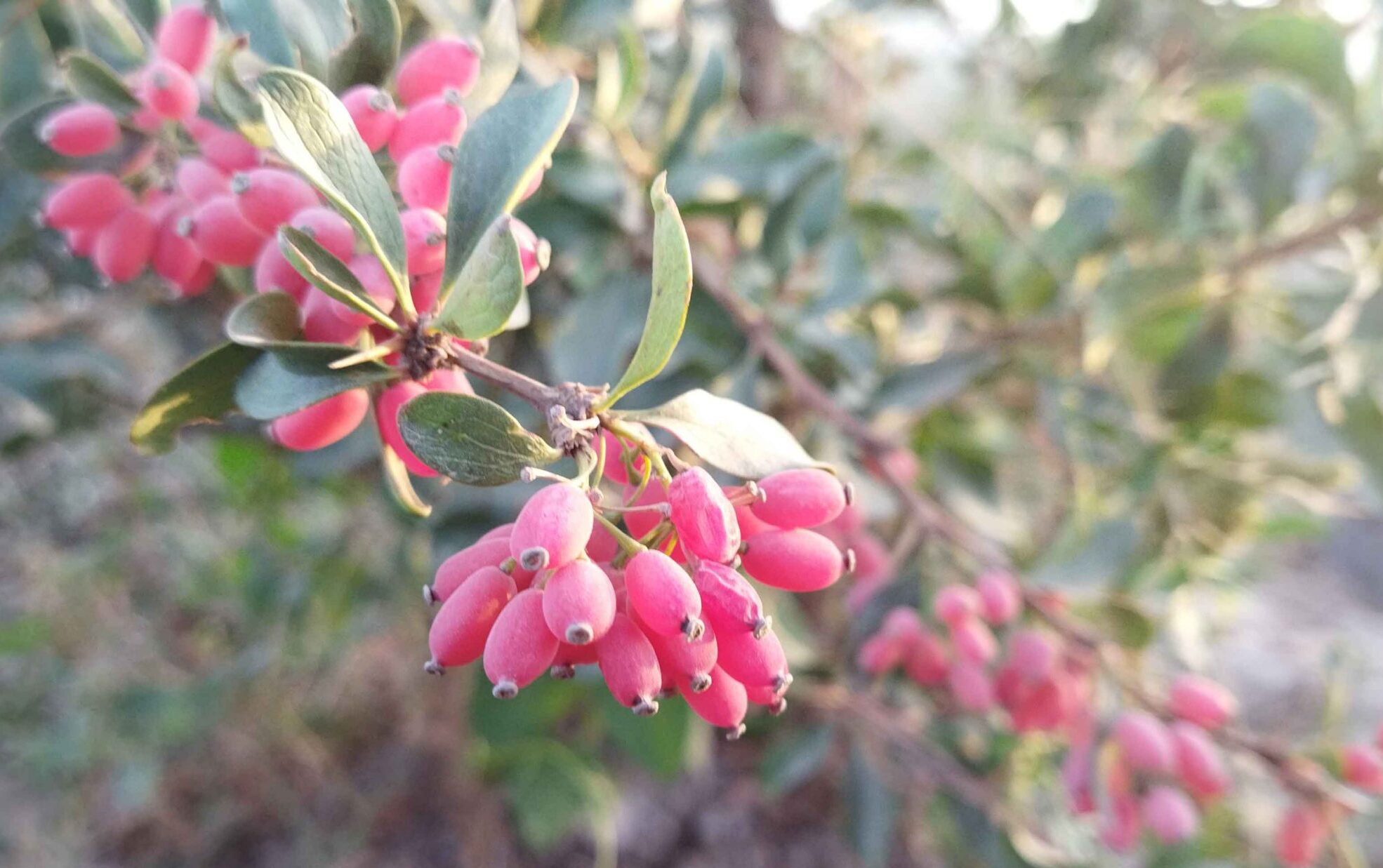Berberis vulgaris [1], also known as barberry, is a tiny sour fruit. As a resilient shrub, it can be found in many countries with different climates. It is harvested in early autumn but dried for use throughout the year. Health benefits of barberries, especially red and purple species [2] and its pleasant taste have made it a popular additive since ancient times. In traditional medicine, barberries are believed to improve liver function and purify the blood. Berberine is a component responsible for this property. Consuming barberries can improve metabolism and reduce corresponding problems such as PCOS (Polycyclic Ovarian Syndrome) [3,4,5], Acne [6] and maybe diabetes mellitus [7, 8,9]. Many researchers are conducting experiments to produce a possible diabetes drug with barberry components. Reducing inflammation is another property [10]. It is rich in Anti-oxidants [11] and may decrease oxidative stress and cancers [12]. Also, it is a common homeopathic medicine to clear kidney stones [13].

The roots and leaves of the plant are also prescribed by traditional sages. But, it is not recommended without expert permission. Persian sages treated hives (urticaria) systematically with barberry juice (They knew it was not a dermatology problem). Over consumption of this additive like the others may poison liver and kidney. So, we regard it only as an ingredient most of the time. It is dangerous for pregnant women and babies under 1 year old.
There are many good reasons to use barberry, but cuisine shows us how to use it creatively. It can be added fresh or dried to rice, cutlets and pirozhkis. This product is used in making Zereshk Polo, one of the most famous Persian dishes. To read more about the related cuisines please visit our social media pages.
Raymand Commercial Group supplies high quality this product from Khorasan Region. For more information please visit here.
Leave A Comment